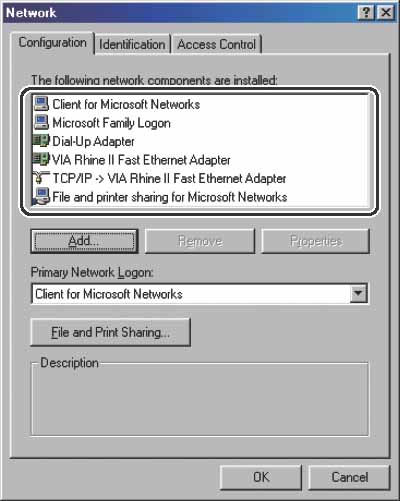

- #FILE SHARING MICROSOFT PASSWORD#
- #FILE SHARING MICROSOFT PROFESSIONAL#
- #FILE SHARING MICROSOFT WINDOWS#
This is an example of what the shared folder will look like on other devices. The local user group provides read-only access to the file share. Right click the folder and select Advanced Sharing and add the group “FileShareUsers” to the folder with the appropriate permissions. Next, you’re going to enable sharing for ‘MyFolder’.
#FILE SHARING MICROSOFT WINDOWS#
Please note that this command will not work if the Windows PowerShell checkbox isn’t selected. New-SmbShare -Name "MyFileShare" -Path "C:\MyFolder" -FullAccess "FileShareUsers" Create a share for this folder: (Note: We chose to use the same FileShareUsers group for this share and to give it FullAccess the documentation shows how this can be changed.).There will now be a folder on your C:/ drive that you’ll designate as a shared directory in the next step. New-Item -Path "C:\MyFolder" -ItemType Directory You’ll notice that the user is now in the local group. The image below illustrates the result in the Computer Management interface. You may alternatively create multiple lines within the same JumpCloud command by cutting and pasting, changing the user names, and targeting a Device Group to run this step only once. This step will have to be repeated on a per-user basis for the target Windows devices. Add users to the local group: (after the user was created in JumpCloud)Īdd-LocalGroupMember -Group “FileShareUsers” -Member "YOURNAME".The next step is to add members to the group so that they can collaborate. The result will be a local group created on your file server as seen below in the Computer Management interface. PowerShell Commands to Establish Your Shares Commands includes a Results tab that will display any error messages. Every command requires a runner (superuser) and a target of either device group or individual devices.

This is made possible by the “Commands” role within Device Management. Next, JumpCloud pushes local group assignments and rights to each shared folder on the file server.
#FILE SHARING MICROSOFT PASSWORD#
Windows NTLM authentication only requires that the same username and password reside on each file server, which is exactly what JumpCloud’s agent provides. IT departments do not require any knowledge of user account passwords for this configuration, because JumpCloud provides the same credentials throughout every server resource. In this setup, JumpCloud assumes the role of Active Directory by syncing accounts across devices.
#FILE SHARING MICROSOFT PROFESSIONAL#
Workstations do not need to be Professional editions of Windows.Deploy agents on your server and workstations.This approach reduces IT overhead and adds user convenience while delivering modern authentication solutions including Push MFA and conditional access.

This configuration makes it possible to migrate away from Active Directory (AD) while maintaining established workflows by leveraging Integrated Windows Authentication and local groups. This tutorial outlines the steps required to establish domainless Windows file sharing for small teams who only need to grant access to a handful of end users.


 0 kommentar(er)
0 kommentar(er)
